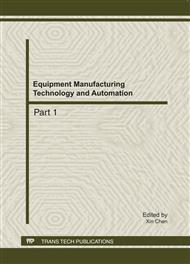p.1755
p.1759
p.1769
p.1773
p.1778
p.1783
p.1787
p.1791
p.1797
Tracking and Analysis of Two-Dimensional Saddle Node Bifurcation Boundary in Wind Power System with Reactive Power Compensation of STATCOM
Abstract:
As a new dynamic reactive compensation devices, static synchronous compensator (STATCOM) has better reactive power compensation effect such as small in size, capacity, continuous adjusting, fast response and economic performance compared with SVC. It is suitable to be used in large-scale wind farm to improve the voltage stability of wind power system. With the help of ideas and methods in conventional electric power system to calculate the two-dimensional parameter bifurcation boundary, the node voltage two-dimensional saddle-node bifurcation boundary of wind power system was calculated by using wind farm active power inject(Pin ),STATCOM parameters KMdc and Vrefdc as bifurcation control parameters. And on the basis of this analysis, the laws of wind power system voltage stability affected by active power and STATCOM parameters were obtained.
Info:
Periodical:
Pages:
1778-1782
Citation:
Online since:
August 2011
Authors:
Price:
Сopyright:
© 2011 Trans Tech Publications Ltd. All Rights Reserved
Share:
Citation:


